DEEPFAKE TECHNOLOGY
TECHNOLOGY
Nachiketh Desai
12/28/20244 min read
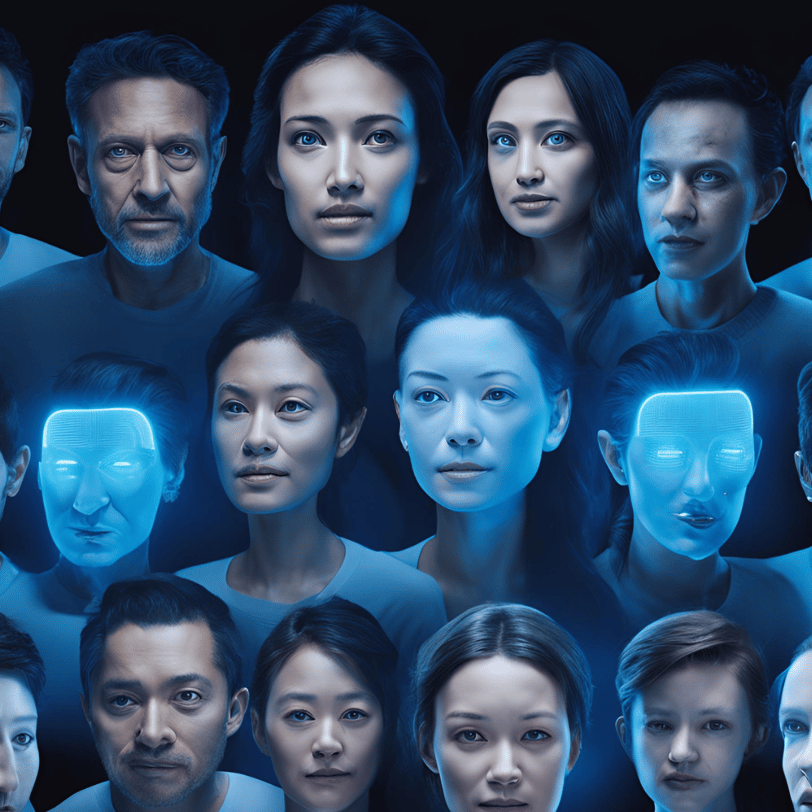

Overview of Deepfake Technology:
Deepfake technology uses artificial intelligence (AI) and machine learning (ML) to create very realistic digital content, usually in video or audio form. This technology allows for the alteration of a person's appearance or voice to make it seem like they said or did something they never actually did. The name "deepfake" comes from "deep learning," which is a part of machine learning, and "fake," highlighting the unreal aspect of the content. As AI improves, especially with tools like generative adversarial networks (GANs), deepfakes have become more advanced, making it harder for people to tell what is real and what is not.
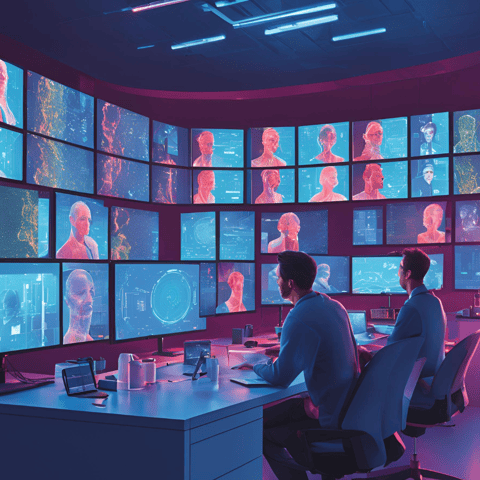

How Deepfake Technology Works:
Deepfake creation relies on deep learning, which uses neural networks trained on large amounts of real media. The main method for making deepfakes is through a Generative Adversarial Network (GAN), where two neural networks compete against each other:
- Generator : This network produces fake media by understanding the details of real content, like a person's face, voice, or actions.
- Discriminator : This network checks if the generated media is real or fake by comparing it to actual examples and giving feedback to the generator.
As this process continues, the quality of the fake media improves, making visuals or audio very similar to real recordings. In video deepfakes, this often means changing faces, adjusting facial expressions, and altering speech to make it seem like someone said something they didn't. Voice deepfakes can also create speech in a person's voice, even if they have never said those specific words.
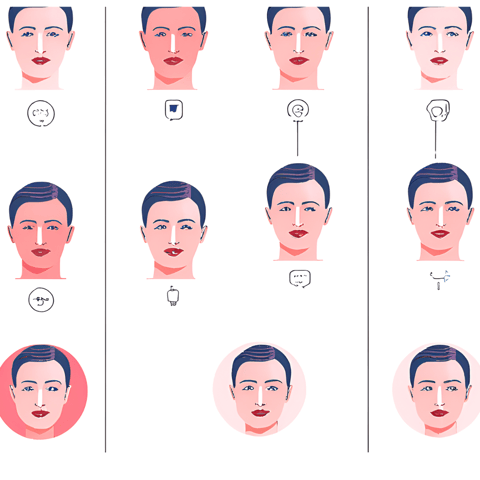

Popular Uses of Deepfake Technology:
Deepfake technology has received a lot of attention for its risks, but it also has useful applications in different areas:
1. Entertainment and Media : The film industry has used deepfake technology to bring back the likeness of actors for performances after their passing or to make actors look younger for specific roles. This technique has been seen in movies like The Irishman (2019) and shows like The Mandalorian, where actors' appearances were modified for certain scenes.
2. Education and Training : Deepfakes can enhance learning by creating interactive historical events or virtual instructors who provide tailored lessons. This technology can also simulate situations for training, such as emergency drills or medical training exercises.
3. Marketing and Advertising : Businesses can leverage deepfakes to produce realistic ads without needing to hire celebrities for every campaign. Some brands have even used AI-generated faces for personalized advertisements aimed at specific consumers.
4. Video Games and Virtual Reality : In the gaming and VR sectors, deepfake technology can help create realistic avatars or interactive non-player characters (NPCs) that react to player's actions, making the experience more engaging
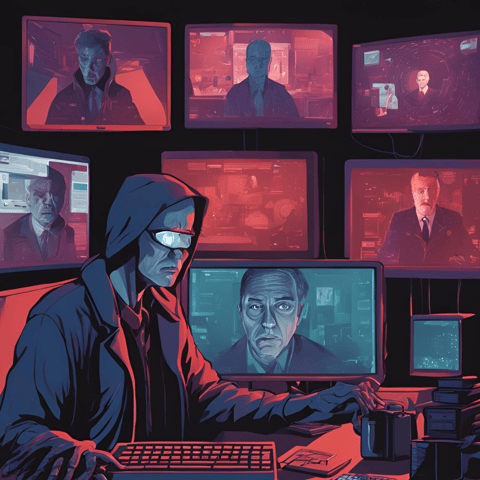

The Negative Aspects - Risks and Moral Issues:
Deepfake technology has many potential benefits, but it also raises serious issues. Some key risks include:
1. Misinformation and Disinformation : Deepfakes can create false stories by altering what public figures say or do. This is a major concern in politics, as these videos can misrepresent politicians, potentially harming their reputations or influencing elections. For example, a deepfake video showing a politician making shocking remarks could spread quickly before anyone verifies its truth.
2. Defamation and Harassment : This technology can be misused to harm people, especially through the creation of explicit or damaging content. Deepfakes can impersonate individuals in inappropriate situations, leading to cyberbullying, revenge porn, and harassment, with women often being the primary targets.
3. Loss of Trust : As deepfakes become more common, people may start doubting the authenticity of all digital media. This decline in trust could have serious effects on journalism, social media, and the reliability of video evidence in legal and political contexts.
4. Security Threats : Deepfakes can facilitate identity theft or trick security systems that use biometric data, like facial recognition or voice ID. Cybercriminals might use deepfakes to impersonate others and bypass security protocols, creating significant risks for individuals and businesses.
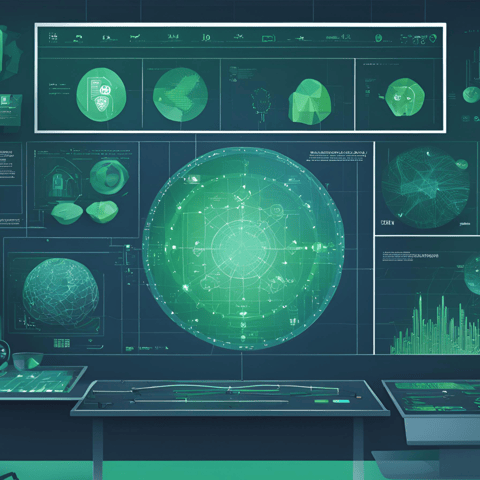

The Next Generation of Deepfake Technology:
The future of deepfake technology is both promising and unpredictable. It has the potential to change entertainment, education, and online communication for the better. However, it also raises important issues related to ethics, security, and privacy.
As AI research progresses, deepfakes are expected to become more advanced, making it harder to tell what is real and what is not. In response, we can anticipate ongoing improvements in detection techniques and increased cooperation among governments, tech firms, and researchers to create guidelines that ensure innovation is balanced with responsibility.
While deepfake technology could lead to significant progress in many areas, it also brings several challenges that society must confront. It will be essential to use deepfake technology in a responsible, ethical, and safe manner to shape its future impact.
Tackling the Danger of Deepfakes:
As deepfake technology advances, the need for protective measures grows. Various strategies are being considered to fight the harmful use of deepfakes:
1. Detection Tools : Scientists are creating AI tools that can spot deepfakes by looking for inconsistencies in the media. These tools aim to find visual issues, like unnatural blinking, odd facial movements, or differences in lighting and shadows. Audio deepfakes can also be identified by recognizing strange speech patterns or digital flaws.
2. Laws and Regulations : Governments are starting to implement laws to tackle the misuse of deepfake technology. For instance, in the U.S., the Malicious Deep Fake Prohibition Act was suggested to make it illegal to use deepfakes for harmful activities like defamation, fraud, and harassment.
3. Raising Awareness : Informing the public about deepfakes and how to recognize them is vital in reducing their spread. Media literacy programs can help people learn to question the truthfulness of online content, especially when it involves sensational or controversial topics.
4. Ethical Standards : Leaders in various fields, along with researchers and policymakers, are advocating for ethical guidelines regarding the creation and use of deepfake technology. This includes setting limits on deepfake usage in entertainment, advertising, and other areas to ensure responsible practices.
